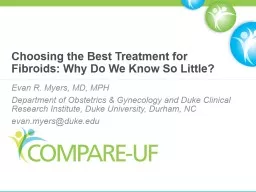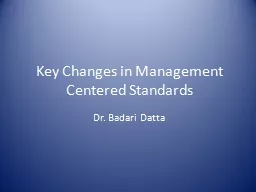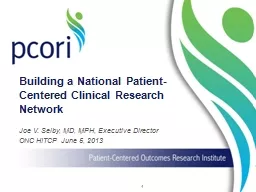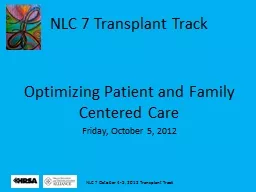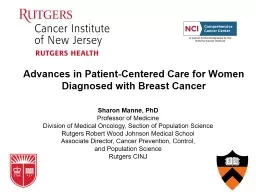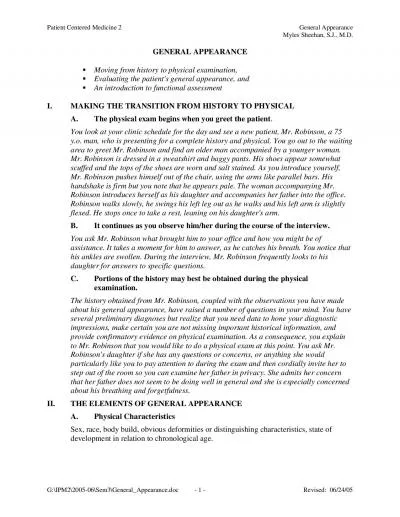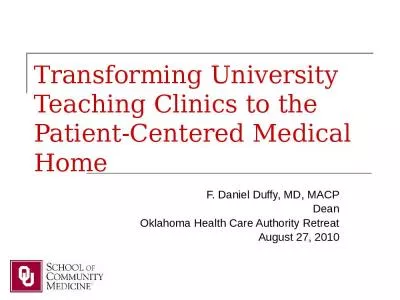PPT-Comparing Options for Management:PAtient-centered
Author : rouperli | Published Date : 2020-06-15
REsults for Uterine Fibroids Evan R Myers MD MPH Department of Obstetrics amp Gynecology and Duke Clinical Research Institute Duke University Durham NC evanmyersdukeedu
Presentation Embed Code
Download Presentation
Download Presentation The PPT/PDF document "Comparing Options for Management:PAtien..." is the property of its rightful owner. Permission is granted to download and print the materials on this website for personal, non-commercial use only, and to display it on your personal computer provided you do not modify the materials and that you retain all copyright notices contained in the materials. By downloading content from our website, you accept the terms of this agreement.
Comparing Options for Management:PAtient-centered: Transcript
Download Rules Of Document
"Comparing Options for Management:PAtient-centered"The content belongs to its owner. You may download and print it for personal use, without modification, and keep all copyright notices. By downloading, you agree to these terms.
Related Documents

